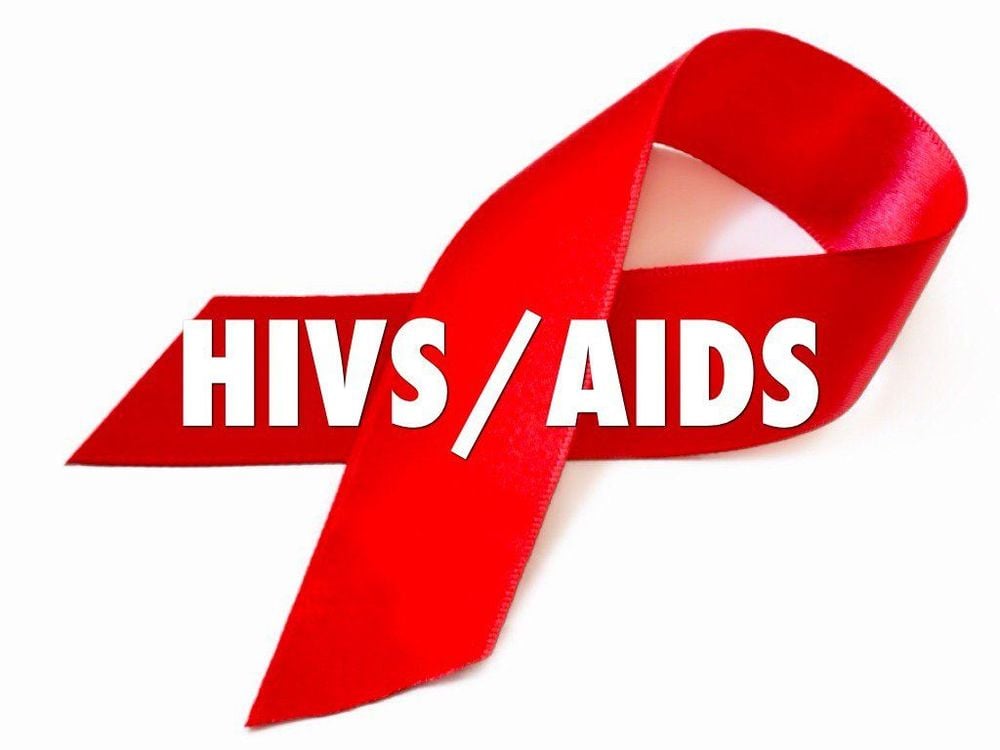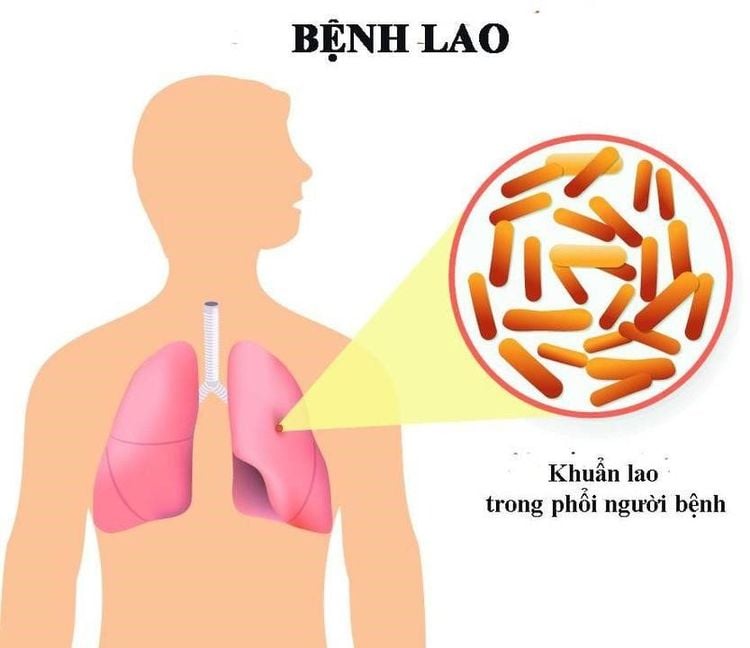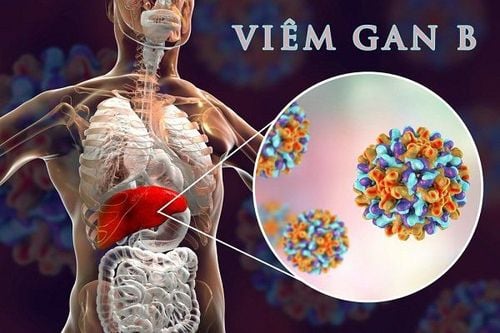This is an automatically translated article.
Acquired immunodeficiency syndrome (AIDS) is a chronic, potentially life-threatening disease caused by the human immunodeficiency virus (HIV). By destroying the immune system, HIV interferes with the body's fight against disease-causing organisms. There is no cure for HIV/AIDS, but there are medications that can significantly slow the progression of the disease.
1. What is AIDS?
AIDS is a disease that develops from HIV . This is the final stage of HIV. But not all people with HIV will develop AIDS. HIV destroys CD4 cells. Healthy adults typically have a CD4 count of 500 to 1,500 cells/mm3. An HIV-infected person whose CD4 count falls below 200 cells/mm3 will be diagnosed with AIDS.
In addition, people are also diagnosed with AIDS if they are infected with HIV and have an opportunistic infection or cancer that is rare in people without HIV. An opportunistic infection, such as pneumonia, is a sign that HIV has progressed to AIDS.
If left untreated, HIV can progress to AIDS within 10 years. There is no cure for AIDS, life expectancy after diagnosis is about 3 years. Survival may be shorter if the person is infected with severe opportunistic diseases. However, antiretroviral treatment can prevent AIDS from progressing.
If HIV has progressed to AIDS, it means that the immune system is severely damaged. It has weakened to the point of being unable to fight off most diseases and infections. That leaves people vulnerable to a range of illnesses, including:
Pneumonia Tuberculosis Thrush (a fungal infection in the mouth or throat) Cytomegalovirus (CMV), a herpes virus Cryptococcal meningitis (a fungal infection in the body) brain) Toxoplasmosis (brain infection caused by parasites) Cryptosporidiosis (an infection caused by intestinal parasites) Cancer: Includes Kaposi's cancer (KS) and lymphoma. The shortened life expectancy associated with untreated AIDS is the result of diseases and complications arising from a weakened immune system.

AIDS là căn bệnh được tiến triển từ HIV
2. What is the relationship between HIV and AIDS?
HIV progresses through 3 stages:
Stage 1: The acute phase, which occurs in the first few weeks after infection.
Stage 2: Clinical latency or chronic phase.
Stage 3: AIDS.
When HIV reduces the number of CD4 cells, the immune system weakens. The normal adult CD4 count is 500 - 1,500 cells/mm3. A person with a count below 200 cells/mm3 is considered to have AIDS.
The time it takes for HIV to progress to the chronic stage varies considerably from person to person. Without treatment, it can last up to a decade before progressing to AIDS. With treatment, it can last indefinitely.
There is no cure for HIV, but there are ways to control the disease. People with HIV often have a near-normal life expectancy with early treatment with antiretroviral therapy. Plus, there's technically no cure for AIDS. However, treatment can increase the CD4 count to the point where it is considered AIDS-free (>=200 cells/mm3). In addition, treatment can help control opportunistic infections.
3. Symptoms of AIDS
People living with HIV may have an increased risk of infections. People with HIV can progress to AIDS if HIV disease is diagnosed late or undiagnosed, or people have HIV but are not taking antiretroviral therapy. A person can also progress to AIDS if one or more HIV viruses are resistant (unresponsive) to antiretroviral therapy.
Without proper treatment, people with HIV can progress to AIDS earlier. Accordingly, the immune system will be severely damaged, making it harder to fight infections and diseases. With the use of antiretroviral therapy, a person can maintain a chronic HIV infection without AIDS for decades.
Symptoms of AIDS may include:
Recurrent fever. Chronically swollen lymph nodes, especially in the armpits, neck, and groin. Chronic fatigue. Sweating at night. Dark pigmentation under the skin or inside the mouth, nose, or eyelids. Sores, spots or lesions of the mouth and tongue, genitals or anus. Bumps, lesions, or rashes in the skin. Chronic or recurrent diarrhea. Lose Weight Fast. Nervous problems such as difficulty concentrating, memory loss, and confusion. Anxiety and depression. Antiretroviral therapy helps control the virus and prevents progression from HIV to AIDS. Other infections and complications of AIDS can also be treated. Treatment must be tailored to the individual needs of the patient.

Bệnh nhân bị AIDS có thể bị gầy sút cân và hay lo lắng, thậm chí trầm cảm
4. Causes of AIDS
Healthy people have a CD4 count of 500 - 1,500 cells/mm3. Without treatment, HIV continues to multiply and destroy CD4 cells. If a person has a CD4 count that falls below 200 cells/mm3, they will be diagnosed with AIDS.
Also, if people with HIV have HIV-related opportunistic infections, they can still be diagnosed with AIDS, even if their CD4 count is > 200 cells/mm3.
5. Complications when the disease turns to AIDS
HIV/AIDS infection weakens the immune system, increasing the likelihood of many infections and certain types of cancer.
5.1 Common HIV/AIDS Infections Tuberculosis (TB): In underdeveloped and developing countries, tuberculosis is the most common opportunistic infection associated with HIV. It is the leading cause of death in people with AIDS. Cytomegalovirus: This common herpes virus is transmitted through bodily fluids such as saliva, blood, urine, semen, and breast milk. A healthy immune system can inactivate the virus (the dormant form). With a weakened immune system with AIDS, the virus reappears - causing damage to the eyes, digestive tract, lungs or other organs. Candidiasis: Candida is a common infection associated with HIV. It causes inflammation with a thick, white coating on the mucous membranes of the mouth, tongue, esophagus, or vagina. Cryptococcal meningitis: Meningitis is an inflammation of the membranes and fluid surrounding the brain and spinal cord (meninges). Cryptococcal meningitis is a common central nervous system infection associated with HIV, caused by a fungus found in soil. Toxicosis: This potentially fatal infection is caused by Toxoplasma gondii, a parasite that spreads mainly in cats. Infected cats transmit the parasite through feces, which can then spread to other animals, including humans. Seizures occur when the parasite spreads to the brain. Cryptosporidiosis: This infection is caused by intestinal parasites that are commonly found in animals. An infected person is infected through eating contaminated food or water. The parasite grows in the intestines and bile ducts, leading to severe, chronic diarrhea in people with AIDS. 5.2 Common Cancers in People with HIV/AIDS Kaposi's Cancer: A tumor that forms in the walls of blood vessels, this cancer is rare in people who are not infected with HIV, but is common in people who are HIV-positive. HIV. It usually appears as pink, red, or purple lesions on the skin and mouth. In people with darker skin, the lesions may be dark brown or black. Kaposi cancer can also affect internal organs, including the gastrointestinal tract and lungs. Lymphoma: This cancer starts in the white blood cells. The most common early sign is painless swollen lymph nodes in the neck, armpits, or groin. 5.3 Other Complications wasting syndrome: Aggressive treatment has reduced the number of cases of wasting syndrome, but it still affects many people with AIDS. It is defined as a loss of at least 10% of body weight, often accompanied by diarrhea, chronic weakness, and fever. Neurological complications: Although AIDS does not appear to infect nerve cells, it can cause neurological symptoms such as confusion, forgetfulness, depression, anxiety, and difficulty walking. One of the most common neurological complications is AIDS-related dementia, which leads to behavioral changes and decreased mental function. Kidney disease: HIV-associated nephropathy (HIVAN) is an inflammation of the small filters in the kidneys that remove excess fluid and waste products from the blood and turn them into urine. It usually affects black or Hispanic people. People with HIV with this complication should be started on antiretroviral therapy.

Bệnh lao phổi là nguyên nhân hàng đầu gây tử vong ở những người bị AIDS
6. Methods to slow the progression of HIV/AIDS
Treatment should begin as soon as possible after HIV infection is diagnosed, regardless of whether viral load is low or high. The mainstay of treatment for HIV is antiretroviral therapy, a combination of medicines that are taken every day to stop the virus from reproducing. This helps protect the CD4 cells, keeping the immune system strong enough to fight off disease.
Antiretroviral therapy helps prevent HIV from progressing to AIDS. It also helps reduce the risk of transmitting HIV to others. When treatment is effective, the viral load becomes undetectable. The person still has HIV, but the virus cannot be seen in the test results. However, the virus remains in the body. If antiretroviral therapy is stopped, the viral load will increase again and HIV may start attacking the CD4 cells again.
Other ways that can help improve the health of people living with HIV include:
Refuel the body with a balanced diet. Exercise regularly. Rest much. Avoid tobacco and stimulants. Report any unusual symptoms to your doctor immediately. Maintain mental stability. Safe sex: Talk to your partner(s) about the condition. Get tested for other sexually transmitted infections (STIs). And use a condom every time you have vaginal or anal sex. Prophylaxis with PrEP and PEP: For people without HIV, pre-exposure prophylaxis (PrEP) and post-exposure prophylaxis (PEP) can reduce the risk of transmission. PrEP is usually recommended for people without HIV who are in a relationship with someone with HIV, but it can also be used in other situations. Confiding in loved ones: When first telling people about their illness, patients often expect their listeners to be able to maintain trust with them. At the same time, also want to receive health and psychological care. Get support: They can join an HIV support group, in person or online, because that's where they can meet other people facing similar concerns. From there, they can support and encourage each other in life activities and disease problems. The social disease screening package at Vinmec International General Hospital helps customers to examine and perform HIV Ab rapid test, Chlamydia rapid test, Treponema pallidium rapid test, rapid test. Qualitative and quantitative Treponema pallidum TPHA, bacteriological staining and endoscopic fungal testing to diagnose disease risk and provide treatment protocol.
Customers can directly go to Vinmec Health system nationwide to visit or contact the hotline here for support.
Articles refer to the source: Mayoclinic.org, healthline.com
MORE:
Symptoms of HIV infection in women What is HIV positive? Manifestations of HIV infection













